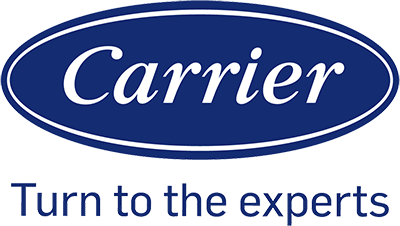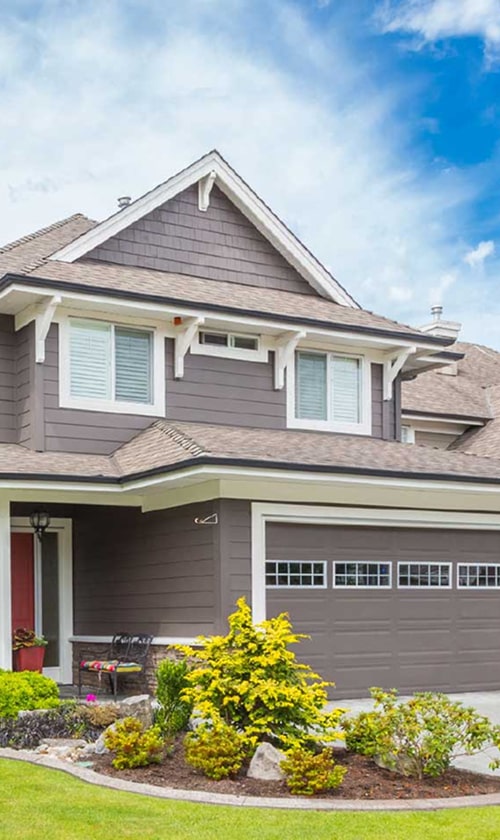Understanding Heat Pump Operation

Heat pumps are versatile HVAC systems that provide both heating and cooling for a home. We rely on this technology throughout the year—during winter for heating and summer for cooling. The core operational principle is the transfer of heat rather than generating it directly, which makes heat pumps an energy-efficient solution.
A heat pump comprises two main units: the outdoor unit and the indoor unit. The outdoor unit contains a coil that can act as either the evaporator or the condenser, depending on the mode. In heating mode, the outdoor coil functions as the evaporator, absorbing heat from the outside air, even in cold temperatures. The reversing valve changes the direction of the refrigerant, which allows the heat pump to switch between heating and cooling. In the cooling mode, the process reverses, and the indoor coil works as the evaporator, removing heat from the indoor air and releasing it outdoors.
Here’s a simple breakdown of key components in our heat pumps:
- Compressor: Increases the pressure of the refrigerant to move it through the system.
- Reversing Valve: Changes the direction of refrigerant, allowing the system to switch between heating and cooling.
- Evaporator Coil: Absorbs heat from the air when the refrigerant evaporates.
- Condenser Coil: Releases heat to the air when the refrigerant condenses.
- Thermostat: Regulates the temperature by signaling the heat pump to cycle on or off.
- Air Handler: Circulates air through the ducts, works with the evaporator or condenser coil to heat or cool the air.
- Defrost Cycle: Prevents the outdoor coil from freezing in winter by reversing the flow of refrigerant briefly to melt away any frost or ice.
During the heating season, some heat pumps may go through a defrost cycle to maintain efficiency. This cycle temporarily reverses the flow of refrigerant to heat the outdoor coil and melt ice that may have formed. It’s essential for the longevity and effectiveness of the heat pump.
Understanding the basic operation helps us identify issues when the system is not functioning correctly and informs our troubleshooting steps. Maintaining regular service intervals ensures that these components work smoothly for reliable heating and cooling.
Common Heat Pump Problems and Diagnostics

When encountering heat pump issues, it’s crucial to accurately diagnose the problem before attempting any repairs. Here, we outline common heat pump malfunctions and how to effectively troubleshoot them.
Improper Heating or Cooling
If your heat pump is not heating or cooling effectively, check the thermostat settings first. Ensure it is set correctly for the desired mode and temperature. Next, examine the air filter and around the unit for any blockage by debris. A clogged filter or airflow restrictions can cause significant performance drops. Lastly, verify that all vents are open and unblocked to allow proper air circulation.
- Thermostat settings: Correct mode/temperature
- Air Filter: Replace if dirty
- Vents: Confirm open and clear
Strange Noises and Operation Issues
Noticeable sounds such as rattling or short cycling during operation may signal internal problems. A rattling noise often indicates loose components, while short cycling — the heat pump turning on and off more frequently than normal — can point towards an electrical problem or a malfunctioning compressor contactor. It’s essential to inspect these components and secure any loose parts or connections.
- Rattling: Tighten loose parts
- Short cycling: Examine electrical components and compressor contactor
Refrigerant and Coil Issues
Low refrigerant levels or refrigerant leaks can cause your heat pump to operate poorly. Inadequate refrigerant leads to either insufficient heating or cooling. If coils are frozen, this could indicate low refrigerant or airflow problems. It’s important to inspect the refrigerant levels and check for any signs of leakage. A professional may be needed to repair leaks and recharge the system.
- Refrigerant: Check levels and for leaks
- Coils: Thaw if frozen and address the cause
Electrical and Thermostat Problems
Power loss, tripped circuit breakers, faulty wiring, and a blown blower motor are electrical issues that can prevent a heat pump from functioning. Regularly inspect and reset any tripped circuit breakers. Examine the wiring for any noticeable damage. Also, troubleshoot the thermostat for incorrect settings or battery problems if it’s not functioning properly. Issues with the starter capacitor or contactor should also be addressed as they directly affect power delivery to the heat pump.
- Circuit Breaker: Reset if tripped
- Wiring: Check for damage
- Thermostat: Verify settings and battery life
- Capacitor/Contactor: Inspect for signs of failure
Identifying and diagnosing common heat pump problems is the first step in effective troubleshooting. Addressing these issues promptly helps maintain your heat pump’s performance and prolongs its lifespan.
Maintenance Tips for Peak Performance

To ensure your heat pump operates efficiently, regular maintenance is essential. We’ll walk through specific practices to keep your system in top condition.
Regular Cleaning and Care
We must prioritize keeping the heat pump’s coils and filters free of dirt and grime. Dirty coils can impair the heat pump’s ability to function effectively, leading to increased energy bills and potential system damage.
- Coils: Annually, gently clean the coils with a soft brush and specialized coil cleaner.
- Outdoor Unit: Remove debris, such as leaves and pollen, that may have gathered around it to prevent blockages.
Addressing Airflow and Filters
Maintaining proper airflow is crucial for the heat pump to run efficiently. Clogged air filters can cause the system to work harder, leading to issues like freezing up or running constantly without proper heating or cooling.
- Filters: Check and replace dirty air filters every 1-3 months to prevent airflow restrictions.
- Registers: Ensure all registers are open and unblocked by furniture or curtains.
Professional Service and Inspections
Having a HVAC professional service your heat pump can help detect issues before they worsen. Regular inspections by an expert can extend the lifespan of your unit and save money on potential repairs.
- Bi-annual Service: Schedule service checks before the cooling and heating seasons.
- Expert Inspection: An HVAC pro should inspect the blower, motor, thermostat, and ducts to ensure everything is in optimal condition.
Troubleshooting Specific Heat Pump Issues

When we encounter a malfunctioning heat pump, proper diagnosing is crucial to restoring its operation. Below, we’ve outlined common heat pump problems and how to troubleshoot them effectively.
Indoor Unit Issues
- Airflow problems: Check the air filter and replace if dirty to ensure proper airflow.
- Frost on coils: If the coil is frozen, switch off the unit to thaw, and verify that the air filter is not blocked.
- Blower malfunctions: Inspect for debris and ensure the blower fan is functioning.
Outdoor Unit Complications
- Blocked by debris: Clear the area around the outdoor unit to prevent blockage.
- Not heating or cooling: Verify thermostat settings are correct and in the desired mode. If the unit is not heating, it may be in cooling mode.
- Running constantly: This may indicate a need for a load calculation to ensure the unit is properly sized.
Ductless System Considerations
- Malfunction Signs: Listen for unusual noises and observe for inadequate heating or cooling.
- Troubleshoot Steps: Clean filters, confirm proper remote control settings, and ensure that there’s no obstruction to airflow.
Maintenance Tips
Regular maintenance ensures efficient operation. We should:
- Clean filters regularly to maintain airflow.
- Check thermostat settings to avoid unnecessary strain on the system.
- Inspect coils and fans seasonally for debris and frost issues.
By adhering to these troubleshooting tips, we can maintain our heat pumps in peak condition and prevent many common issues from arising.
Optimizing Heat Pump Efficiency
To enhance the efficiency of our heat pump and save on our energy bill, we should ensure the unit is properly sized for our climate. An improperly sized unit can lead to increased power usage and reduced efficiency.
Maintenance: Regular maintenance is key. We must check and replace air filters frequently to maintain optimal airflow, vital for efficient operation. The indoor unit, particularly the air handler, should be inspected to prevent any obstructions that could impede thermal exchange.
Thermostats: It’s imperative to verify our thermostat settings. Incorrect thermostat settings in either heat mode or cooling mode can cause unnecessary power consumption. It’s advised to invest in a programmable thermostat for better temperature regulation.
Seasonal Tips: In colder winter climates, keeping the system free from ice and snow accumulation is essential for proper functionality.
| Season | Maintenance Required |
|---|---|
| Summer | Clean/replace air filters |
| Winter | Remove ice from outdoor unit |
| Yearly | Professional inspection/service |
Refrigerant Levels: Low refrigerant levels can significantly decrease efficiency. We should have a professional check the refrigerant levels and ensure there are no leaks.
By adhering to these guidelines, we can optimize the performance of our heat pump, resulting in a comfortable home and a more manageable energy bill. Regular DIY checks combined with professional maintenance can help us identify issues early and keep our heat pump running efficiently.




